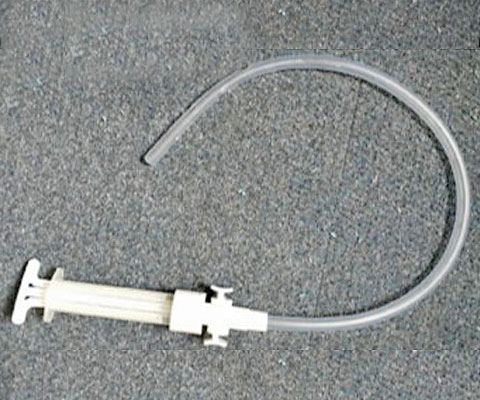Postpartum hemorrhage (PPH) remains a leading cause of maternal death worldwide, especially in low- and middle-income countries (LMICs). As advances continue to be made, WHO has recently shifted to a living guidelines approach to enable more rapid integration of emerging evidence into their guidelines. However, in order to generate evidence that is timely, high quality and appropriate, it is important to ask impactful context-driven research questions that will drive guideline updates. Too often, particularly for emerging tools and technologies, research is opportunistic, driven by individual interests rather than consensus on research priorities. For the greatest impact, global stakeholders including researchers, WHO, practitioners, and funders must come together and coordinate activities to identify priority research questions, promote research strategies, and share findings and lessons learned to advance practice and reach the ultimate goal of improving outcomes.
One area where knowledge is advancing quickly but many gaps remain, is the use of suction devices and sponge tamponades for the management of PPH. Limited evidence suggests that these non-balloon devices hold promise for rapid, effective treatment of PPH; however, available studies focus primarily on safety and feasibility with no randomized trials.

JADA Device
JADA device by Organon, intrauterine tubing loop with holes and inflatable cervical seal connected to wall suction
(Purwosunu 2016, D’Alton 2020)

Levin Suction Tube
Wide-bore Levin suction tube connected by suction tubing to wall suction, electronic suction pump, or MVA syringe
(Hofmeyr 2019 & 2020, Cebekuhu 2021)

Vacuum-induced Modified Bakri
Vacuum-induced tamponade using a modified balloon system connected to vacuum source
(Haslinger 2021)

Suction Cannula
Stainless steel or plastic cannula with thick-walled suction tube connected to vacuum device or pump
(Panicker 2014 & 2017, Meena 2018)

XStat Sponge Tamponade
Modified XStat™ Mini Sponge Tamponade by Obstetrx, Inc. with highly compressed sponges in a mesh bag
(Rodriguez 2017 & 2020)

Celox Gauze
Celox™ by Medtrade, uterine packing with a chitosan-covered gauze tamponade
(Schmid 2013, Carles 2017 Dueckelmann 2019, Biele 2022)
Study objective: Without clear consensus, there is a high likelihood that research will be fragmented and findings difficult to compare, resulting in delays that inhibit advancements in treatment practices and improved maternal outcomes. Therefore, this project specifically focuses on identifying the most urgent research questions for these devices for use in LMICs where the majority of PPH related deaths occur. We aim to strengthen collaborative research efforts that can inform and accelerate WHO guideline development.
Our approach: To do so, we have sought input from various PPH experts and stakeholders representing academia, clinical practice, industry/private sector, policy and philanthropy. Our activities include:
- Rapid review and synthesis of existing PPH guidelines, systematic reviews, and emerging literature on intrauterine suction tamponade and other non-balloon intrauterine devices for the management of PPH
- Key informant interviews with experts in the field of PPH, including device users and/or developers, clinical experts, researchers, RMNCH policy makers and other key stakeholders
- Product profile survey to gather input on clinical needs and end-user attributes of these tools
- Research prioritization survey to inform critical research questions
- Results dissemination webinar to share summary results from interviews and the two surveys in mid July 2022
- Virtual expert convening to review preliminary findings and further refine and synthesize key research priorities. This may lead to a summary position document, commentary or white paper, or a Target Product Profile. This event is slated for late July 2022.
Findings: We are committed to ensuring dissemination to the broader PPH community to inform collaborative and coordinated efforts to move the field forward. Below are links to preliminary results. These are working documents and will continue to be refined by our team.
Questions?
If you would like to learn more about this project, please contact Dilys.Walker@ucsf.edu.
